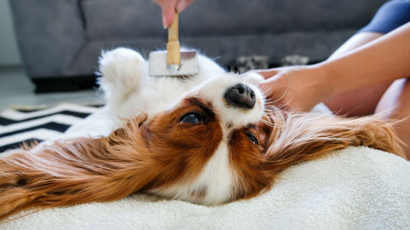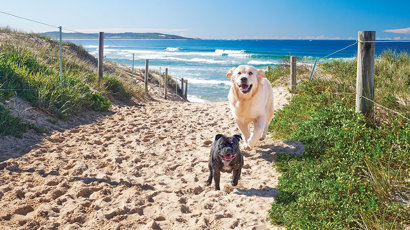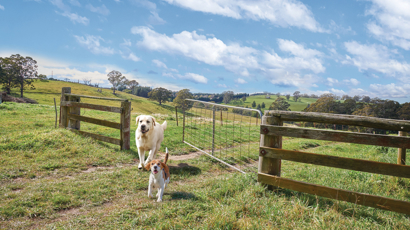Hypoallergenic Dog Breeds
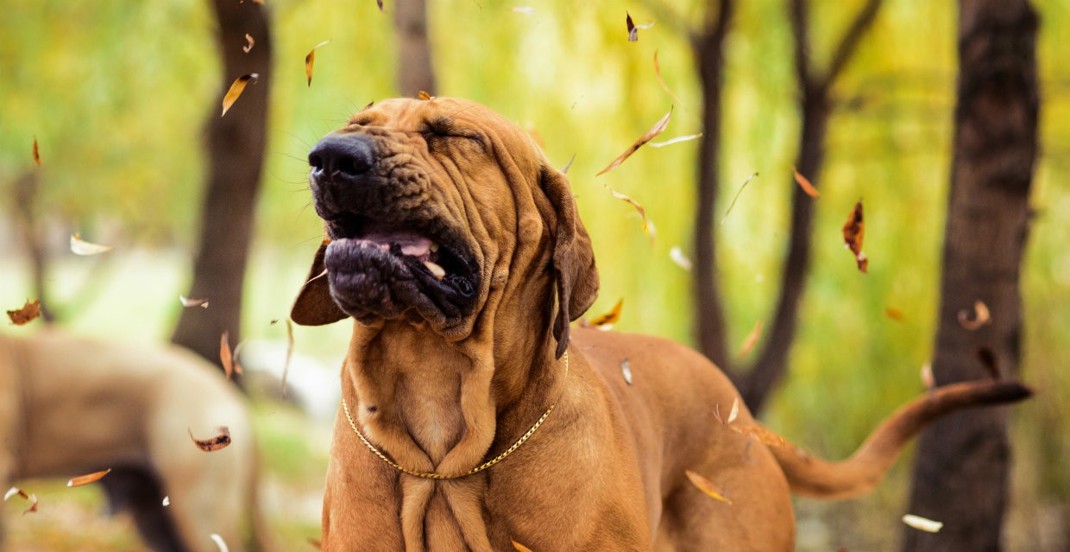
There’s no doubt that some people can be particularly sensitive to things in their environment and develop allergies, often referred to as “hay fever”. Dogs can sometimes trigger allergies in some people, but is owning a dog definitely out of the question for people or children with allergies?
Not necessarily.
Here, we share some essential information and tips on bringing a new puppy into your home, despite your family’s allergy issues.
What is a hypoallergenic dog?
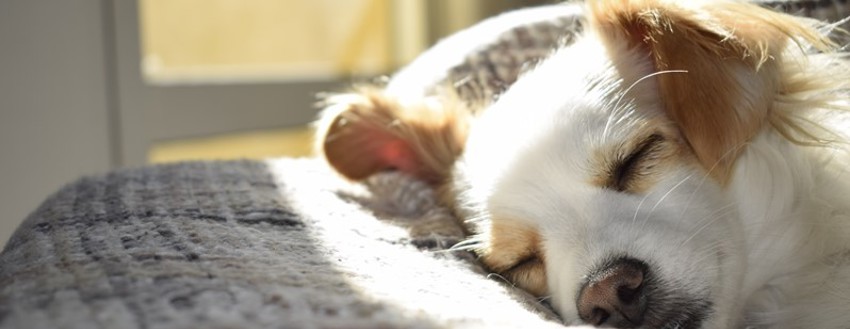
A hypoallergenic dog is a breed (or crossbreed) that’s less likely to cause a reaction in allergy sufferers. Being “hypoallergenic” doesn’t necessarily mean the dog is totally allergy safe. After all, “hypo” means “under” or “beneath”, according to the Greeks, meaning hypoallergenic dogs are simply less likely to cause allergies.
Allergy sufferers are often allergic to a protein in dog saliva. As dogs groom themselves, they spread this protein into their skin and coat, and as new skin cells are produced, the old ones shed into the environment, causing allergies.
Hypoallergenic dogs tend to shed less, so less fur and dander are shed into the environment. These dogs often have curly fur and are regularly groomed to remove the allergenic protein from their fur.
The best hypoallergenic dog breeds for your family
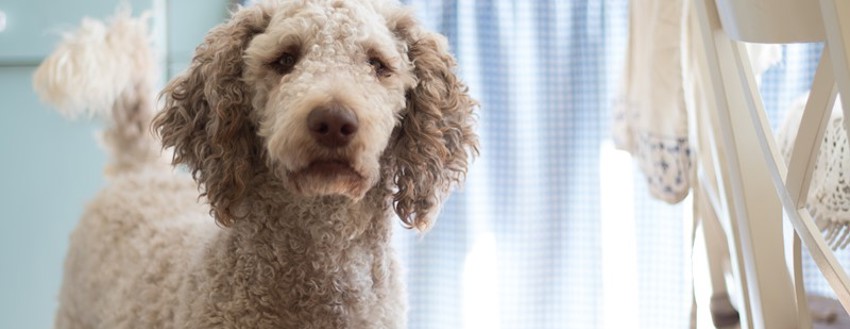
People prone to getting reactions to dog allergens may be better off choosing a dog breed with a continually growing and dense coat, such as a Poodle, Bichon Frise or Samoyed.
People with pet allergies should look for a hypoallergenic breed with a low-shedding coat that produces less dander. These dogs often have a curly coat, wiry coat, wavy coat, double coat, short coat, or no coat at all — hairless dogs are great hypoallergenic dogs, as there’s nowhere for dander to hide!
Here are some of the best hypoallergenic dog breeds.
| Smaller | Medium | Larger |
| American Hairless Terrier | Basenji | Afghan Hound |
| Bichon Frise | Bedlington Terrier | Giant Schnauzer |
| Cairn Terrier | Havanese | Irish Water Spaniel |
| Chinese Crested Dog | Lagotto Romagnolo | Kerry Blue Terrier |
| Maltese and Shih Tzu | Lhasa Apso | Portuguese Water Dog |
| Miniature Poodle | Miniature Schnauzer | Samoyed |
| Yorkshire Terrier | Scottish Terrier | Soft-Coated Wheaten Terrier |
| Toy Poodle | West Highland Terrier | Standard Poodle |
| Xoloitzcuintle - Mini | Xoloitzcuintle - Intermediate | Xoloitzcuintle - Standard |
While these are all low-allergy dogs, you will still need to keep up with regular brushing and grooming to remove what little dander they have. We recommend brushing non-allergy dogs daily to keep their coats smooth, knot-free and low on dander.
Tips for people with allergies
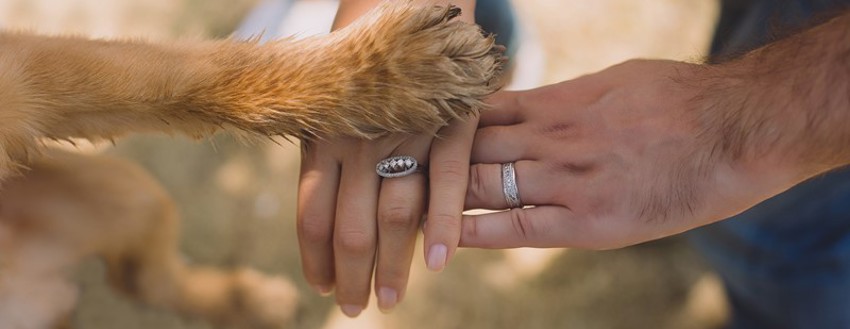
The best way to reduce a susceptible person’s exposure to dog allergens is to manage the environment within the family home. Here are some quick tips to help people with allergies stay healthy.
- Frequent bathing reduces the amount of loose hair, saliva and skin dander your dog carries on their body. Use a gentle dog shampoo up to twice weekly that is pH neutral and moisturises the skin well. If your dog’s skin or coat changes or becomes dry, explore other options with your vet or pet health care advisor.
- Clipping the hair short doesn’t help, as most of the allergens are within the saliva and apocrine sweat glands at the hair's base.
- Remove carpets and rugs to avoid harbouring dog allergens and choose floorboards instead.
- Vacuum and dust your family home frequently.
- Regularly change the air filters of your air conditioning units.
- Regularly wash dog bedding.
- Don’t let your dog sleep on the bed of the allergy-susceptible family member, and restrict access to the sofa.
- Practice regular hand washing after pet handling.
- Use air purifiers.
What to do if a family member is allergic to your new dog
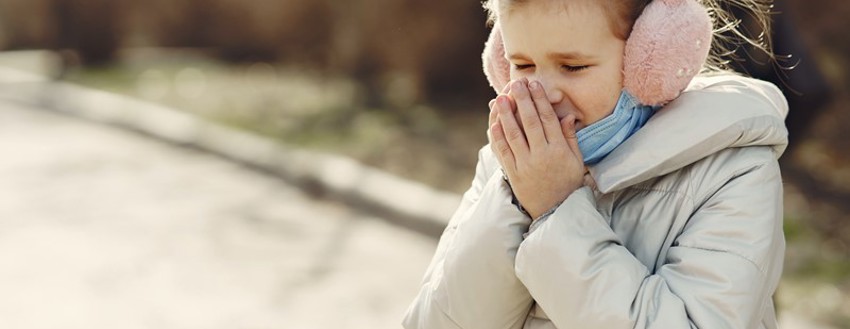
The cause of allergy symptoms in people are often multifactorial rather than from just one source, so removing the dog from the household may not always work to alleviate the allergies.
Despite following the tips above to reduce your family’s exposure to canine allergens, sometimes a family member can still suffer from allergies. In this case, we recommend discussing the issue with your doctor, who may be able to provide more information or a referral to see an immunologist or allergy specialist. The specialist can then determine whether immunotherapy is worthwhile.
For children with uncontrolled asthma, having a dog in the household may not be worth the risk — at least until the asthma is well-controlled or your child receives clearance from your doctor to say it’s safe to do so.
The good news is that it’s possible to control the exposure to canine-derived allergens in people with allergies, despite owning a dog. This is best done by managing your environment and how you interact with your dogs.
FAQs about low-allergy dogs
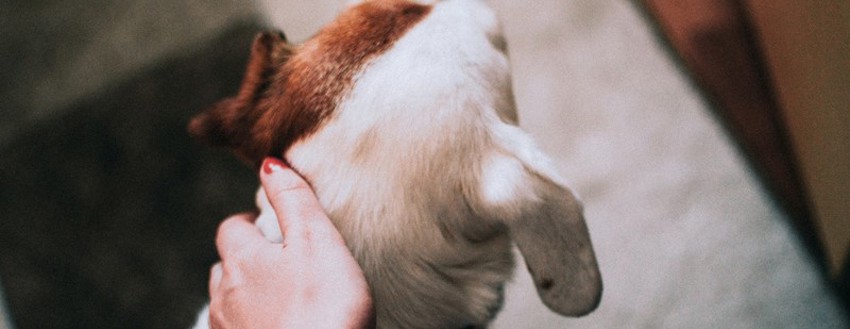
Do hypoallergenic dogs really make a difference?
Yes. While no dog is 100% “hypoallergenic” or allergy-free, choosing a dog with a hypoallergenic coat can reduce the amount of dander, fur and allergens in your home.
Do hypoallergenic dogs shed?
Yes, hypoallergenic dog breeds still shed, but they shed a lot less than other dog breeds.
Do hypoallergenic dogs need grooming?
Yes! Most hypoallergenic dogs need regular grooming, brushing, trimming, and bathing every six to eight weeks to maintain a silky coat.
I would love a lap dog. What hypoallergenic breed do you recommend?
Hypoallergenic lap dogs include Miniature Schnauzers, Bichon Frise, Shih Tzu, Toy Poodles, Bedlington Terriers, Kerry Blue Terriers, Scottish Terriers and West Highland Terriers. In fact, most terrier breeds will work well for allergy sufferers.
What do I feed a hypoallergenic dog?
At Black Hawk, we stock a range of dog food and puppy food that’s well suited to hypoallergenic dogs. This includes grain-free options for pups who are sensitive to gluten.
Learn more about hypoallergenic dog breeds with Black Hawk! We have lots of tips and guides to help dog lovers with allergies.
References:
1. Lockey R. The myth of hypoallergenic dogs (and cats). J Allergy Clin Immunol. 2012 Oct;130:910-1
2. Van Hage M, Polovic N, Wadén K, Binnmyr J, Hamsten C, Grönneberg R, Palmberg C, Milcic-Matic N, Bergman T, Grönlund H. Diversity of allergens contained in dog saliva. Allergy. 2013;68:1485-6.
3. Polovic N, Wadén K, Binnmyr J, Hamsten C, Grönneberg R, Palmberg C, Milcic-Matic N, Bergman T, Grönlund H, van Hage M. Dog saliva – an important source of dog allergens. Allergy. 2013;68:585-92.
4. Konieczny A, Morgenstern J, Bizinkauskas C, Lilley C, Brauer A, Bond J, Aalberse R, Wallner B, Kasaian M. The major dog allergens, Canf1 and Canf2, are salivary lipocalin proteins: cloning and immunological characterisation of the recombinant forms. Immunol. 1997;92:577-86.
5. Vredegoor D, Willemse T, Chapman M, Heederik D, Krop E. Dog allergen levels in homes with hypoallergenic compared with non-hypoallergenic dogs. Am. J. Rhinol. Allergy. 2011;25:252
6. Morris D. Human allergy to environmental pet danders: a public health perspective. Vet Dermatol. 2010;21:441-9.

